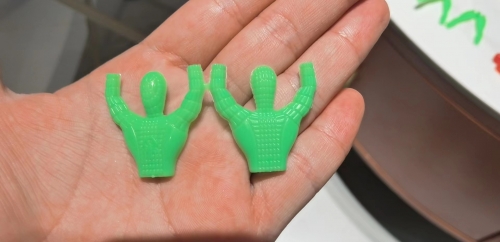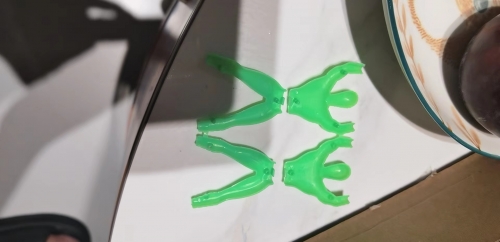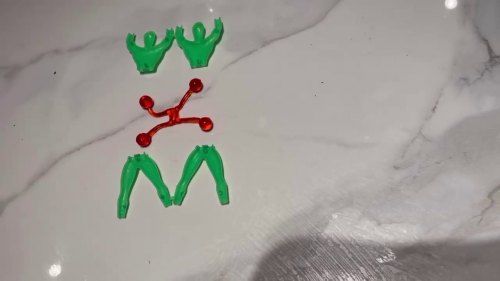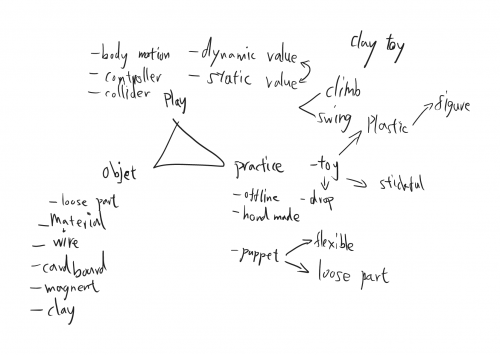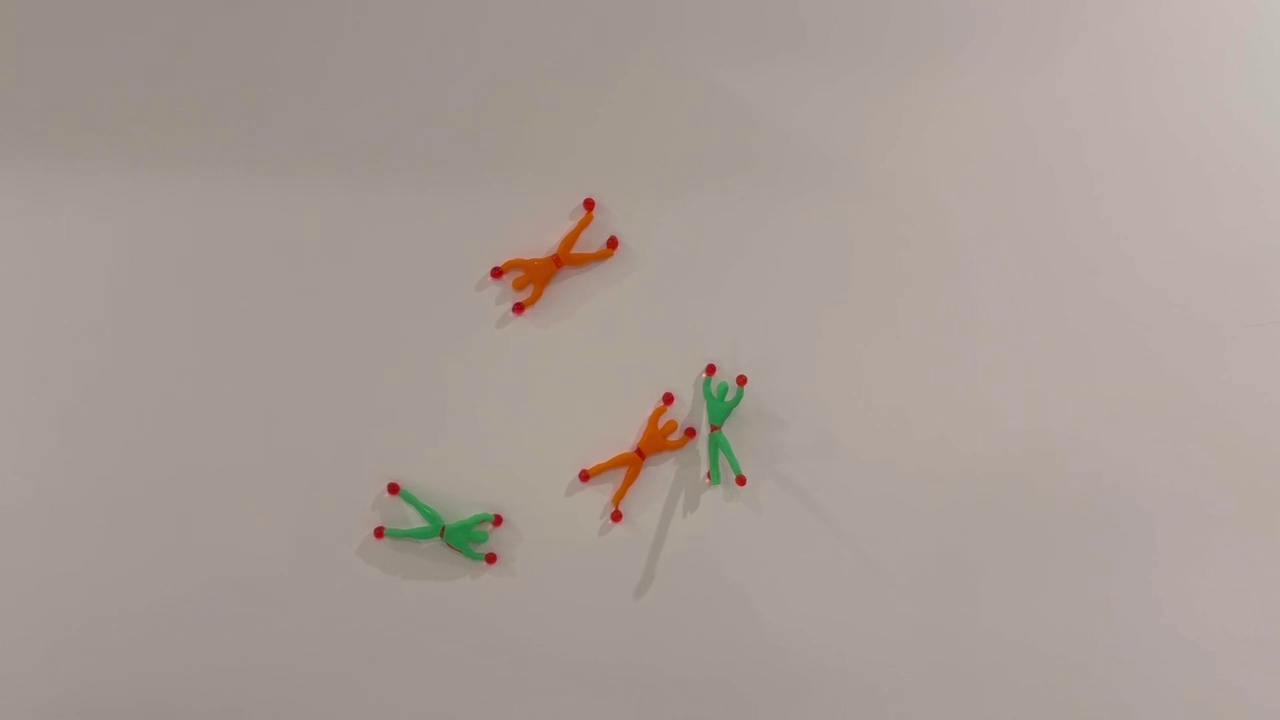
Theme:
Play and Objects. For this week's goal tip, I want to do more thinking and creation on objects, starting with a sense of action, for example. When we think of play, we usually think of gamepads and consoles, but I think of toys. Maybe I was more interested in toys made of solid materials when I was young, and I thought those DIY toys could make me a day.
Context:
Like mind maps, objects that the player can control can be static, but players can create dynamic value from static objects and communicate with other players. Mikael Wiberg(2018) makes the case that the "material turn" in human-computer interaction has progressed beyond a paradigm that is driven by representation and suggests "material-centred interaction design" as a fresh method for approaching interaction design and its materials. Thus, I'm going to approach toys as the subject of response and the toy should be fun, accessible, and highly responsive. The toy should be my favourite plastic figure in childhood and processed it, and other materials may be relatively sticky soft glue. Combined to create unique gameplay that is different from the rest.
Method:
I put it on the table, a plastic figure from the gift shop, and I cut it in half, with the upper body and the lower half separated, hoping to say that this is a little carrier for the flexibility of the body. Then, by some means, a very sticky soft glue is made, which is elongated and forms a spherical "collider" at the end. During the assembly process, it will be ensured that the slender link lines are inside the trunk and the four terminals are exposed. The "climber" toy is done.
Reflection:
Either because of the material or because of the technique, throwing a toy on a wall doesn't make it a "climbing" experience, whereas glass can do it perfectly. This reflects the toy in the face of the material, its play degree has a certain limitation and influence. The loose parts work through the reassembled materials, and because they are materials with no specific direction, different materials give different feedback in terms of gameplay and experience.
Reference:
Wiberg, M 2018, The Materiality of Interaction : Notes on the Materials of Interaction Design, MIT Press, Cambridge. Available from: ProQuest Ebook Central. [9 August 2022].
Youtube Link: https://youtu.be/se75U3H1mFc
About This Work
By Junzhe Yan (Jun)
Email Junzhe Yan (Jun)
Published On: 09/08/2022

